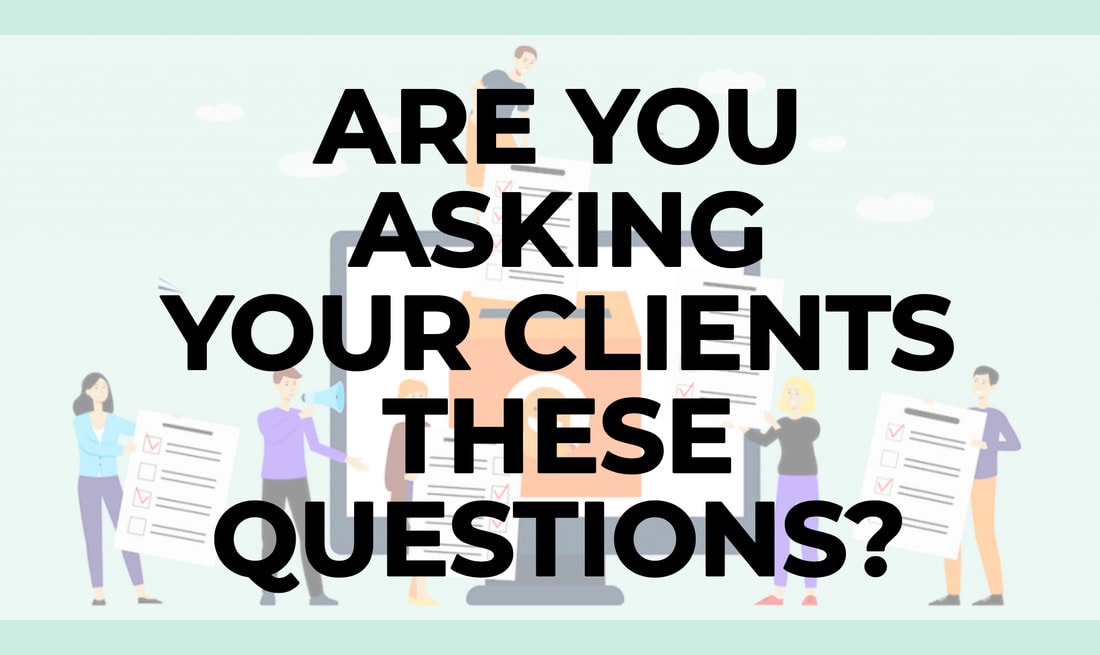Insurance agencies sell product that make it difficult to differentiate from their competitors. This means that insurance agents and agencies need to lean into their customer service and client experience to help them stand out from their competitors. As a result, it's extremely important that agencies are measuring the performance of their agents and their overall client satisfaction.
Customer satisfaction surveys haven't gained major popularity in the industry yet. Agents and owners are too concerned that the results will be negative and they won't know how to respond. But customer satisfaction surveys are the most effective mode of finding out clients and prospects really think about your agency, the people working for you and the products your offering.
Here are a few things you need to know about conducting customer surveys in your agency.
MAKE IT QUICK AND TRANSPARENT
No one, not even your best customers, want to spend an afternoon filling out a long, drawn-out, confusing survey about their experience buying insurance, so while you're setting up your survey, make sure you're being mindful of how long it will take them to complete.
If you’re having trouble getting people to start or complete your survey, run through it and see how long it takes to complete. A survey shouldn’t take more than 10 minutes to finish—and ideally it should be five or less. Shorten your survey and state up front how long it should take them to complete. Include a progress bar so people know when they’re getting close to the end.
ASK THE RIGHT QUESTIONS
It's important to make sure that the questions in your survey are tailored for your specific type of agency and are designed to illicit customers true feelings about your organization. Some of the categories covered in the survey are.
1) Delivery of services
2) Dependability and accuracy
3) Perception of individualized services
4) Employee knowledge
5) Promptness of service
6) Employee empathy
7) Perception of the agency’s physical appearance
Avoid asking multi-pronged questions that try to get at multiple points. Ask one thing at a time, and avoid over-complicating.
STAY FOCUSED ON YOUR WHY
Do customers like your service? What aren’t you doing that they want you to do? What insurance products are they most interested in? Know what you want to find out, and don’t gather extraneous data. If it doesn’t matter how the customer found your survey or what their last name is, don’t ask.
RATINGS MATTER - MAKE IT SIMPLE FOR YOUR CLIENTS
For example, you might be asked to rate your answer on a scale of 1-5: with 1 being “strongly disagree” and 5 being “strongly agree.” In another question, you might be asked to rate on a scale where the 1-5 is reversed, and 1 is “most important” while 5 is “least important.”
To avoid confusion and false answers, try to keep your scale the same or as close as possible throughout all your answer. If 1 is the most negative answer and 5 the most positive on one question, it should be on all questions that use that scale.
DON'T BE A LEADER
What makes a leading or loaded question? Any negative or positive language that might affect someone’s thinking one way or another.
For instance, “We’ve recently made some exciting changes to our product lineup! What are your opinions on these new options?” is a leading question, because of its positive language.
A more neutral option would be “What do you think of our new list of products?”
Not all surveys are created equally. It can be challenging to get accurate responses, or any responses at all. But with these tips, you should be able to improve your survey results—and get data you can use.
.png?width=180&height=65&name=Untitled%20design%20(29).png)




